Tungsten rods are versatile components widely used in various industries due to their exceptional properties. These cylindrical metal pieces, known for their high melting point and excellent strength, find applications in welding, electronics, and aerospace sectors. Tungsten TIG rods, in particular, are crucial in precision welding processes, offering superior arc stability and weld quality. High-purity tungsten TIG rods take these benefits further, providing enhanced performance and longevity in demanding welding applications. This article delves into the specifications, properties, and diverse applications of tungsten rods, shedding light on their significance in modern manufacturing and engineering.
Physical and Chemical Properties of Tungsten Rods
Density and Melting Point
Tungsten rods boast remarkable physical properties that set them apart from other metallic materials. With a density of approximately 19.3 g/cm³, tungsten is one of the densest elements known to science. This high density contributes to the rod's ability to withstand extreme pressures and temperatures. The melting point of tungsten is an astounding 3,422°C (6,192°F), the highest of all metals and second only to carbon among all elements. This extraordinary heat resistance makes tungsten rods ideal for applications involving extreme temperatures, such as in furnace elements and rocket nozzles.
Tensile Strength and Hardness
Tungsten rods exhibit exceptional mechanical properties, particularly in terms of tensile strength and hardness. The tensile strength of tungsten can reach up to 1,510 MPa, surpassing that of many other metals. This high strength-to-weight ratio makes tungsten rods suitable for applications requiring both strength and lightweight properties. The Vickers hardness of tungsten typically ranges from 350 to 450 HV, depending on the processing method and purity. This hardness contributes to the wear resistance of tungsten rods, making them durable in high-stress environments.
Electrical and Thermal Conductivity
The electrical and thermal properties of tungsten rods further enhance their versatility. Tungsten has a relatively high electrical conductivity, about 28% that of copper. This property, combined with its high melting point, makes tungsten rods excellent for use in electrical contacts and electrodes. The thermal conductivity of tungsten is approximately 173 W/(m·K) at room temperature, which is lower than that of copper but still significant. This combination of electrical and thermal properties allows tungsten rods to efficiently dissipate heat in high-temperature applications, such as in TIG welding torches.
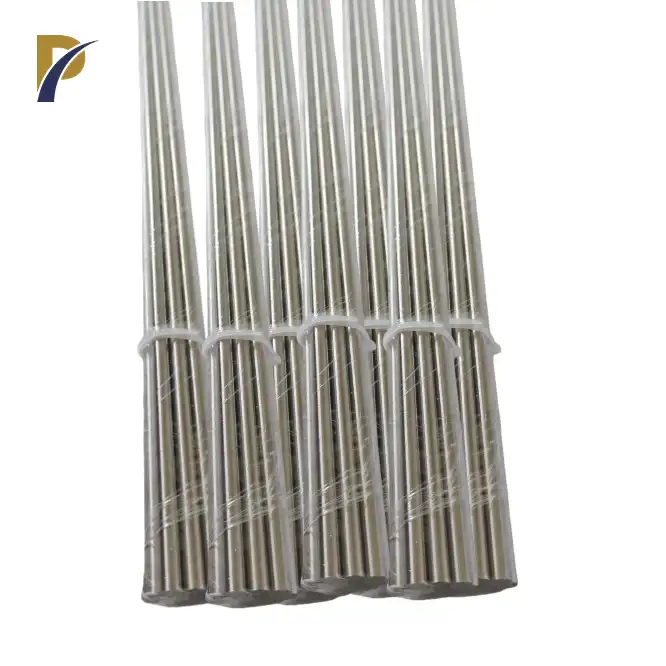 |
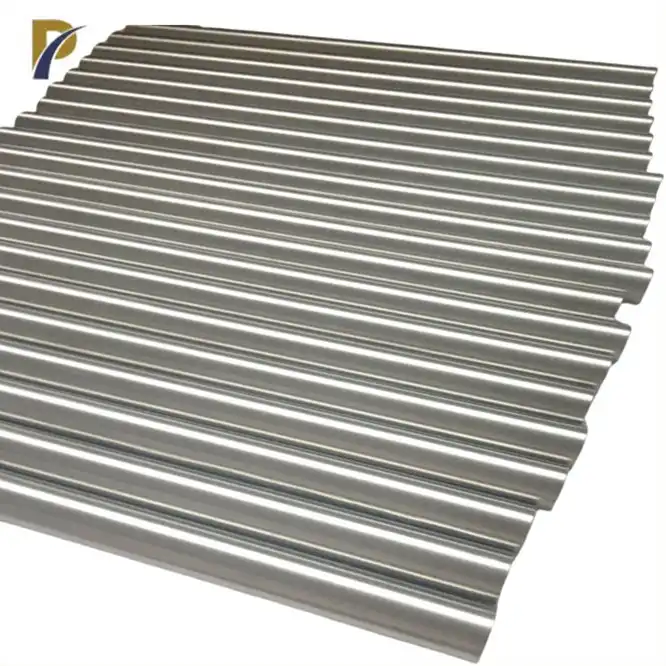 |
Manufacturing Processes and Quality Control
Powder Metallurgy Techniques
The production of tungsten rods involves sophisticated powder metallurgy techniques. The process begins with high-purity tungsten powder, which is compressed into a rod shape using hydraulic presses. This green compact is then sintered at temperatures close to tungsten's melting point, typically around 2,800°C. The sintering process causes the powder particles to fuse, resulting in a dense, solid rod. Advanced techniques such as hot isostatic pressing (HIP) may be employed to further enhance the density and uniformity of the rod. These methods ensure the production of high-quality tungsten rods with consistent properties throughout their structure.
Swaging and Drawing Processes
After sintering, tungsten rods often undergo additional forming processes to achieve the desired dimensions and mechanical properties. Swaging is a common technique used to reduce the diameter of the rod while increasing its length. This process involves hammering the rod through a series of dies with progressively smaller openings. Drawing is another method used to refine the rod's dimensions and improve its surface finish. In this process, the rod is pulled through a series of dies with decreasing diameters. Both swaging and drawing contribute to the strengthening of the tungsten rod by aligning the metal's grain structure along the rod's axis.
Quality Assurance and Testing
Rigorous quality control measures are essential in the production of tungsten rods, especially for high-purity tungsten TIG rods. Non-destructive testing methods such as ultrasonic inspection and X-ray radiography are employed to detect internal defects or inconsistencies in the rod's structure. Chemical analysis techniques, including spectrometry and X-ray fluorescence, are used to verify the purity and composition of the tungsten rods. Mechanical testing, such as tensile strength and hardness measurements, ensures that the rods meet the required specifications. For tungsten TIG rods, additional tests may be conducted to assess their performance in welding applications, including arc stability and electrode erosion rate evaluations.
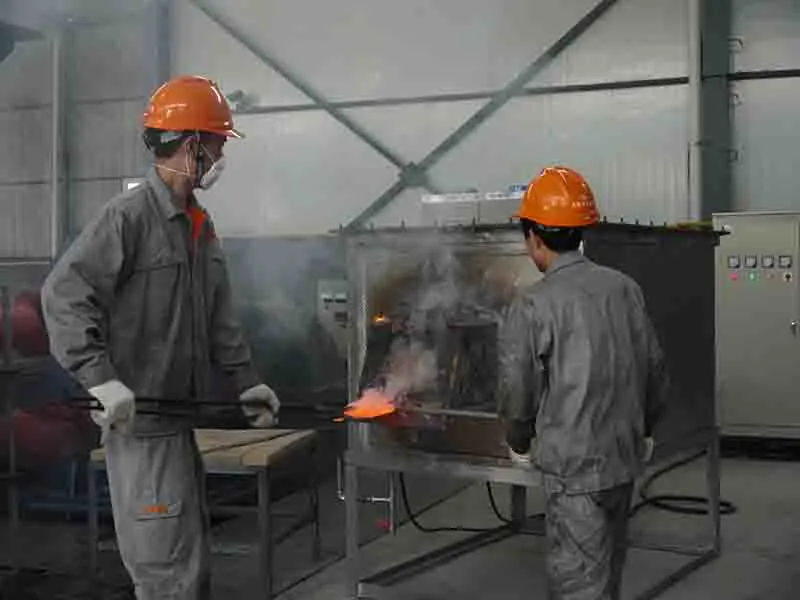 |
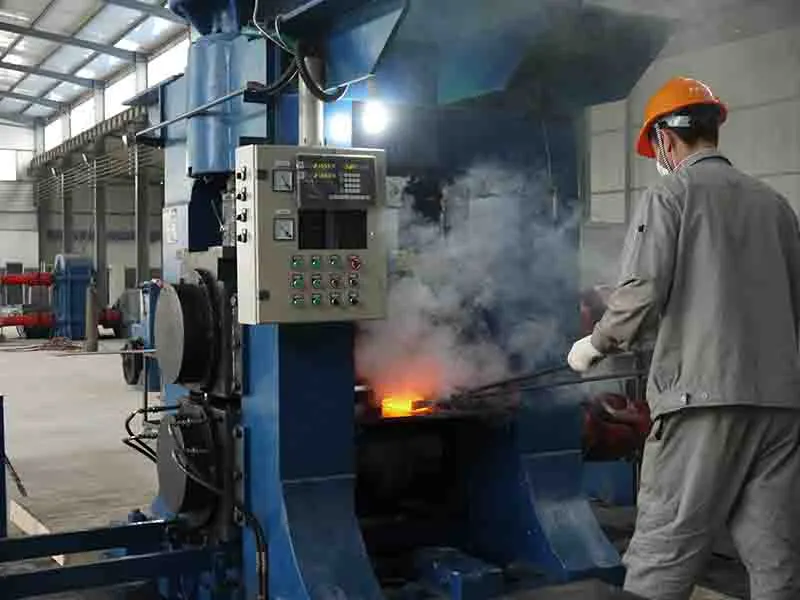 |
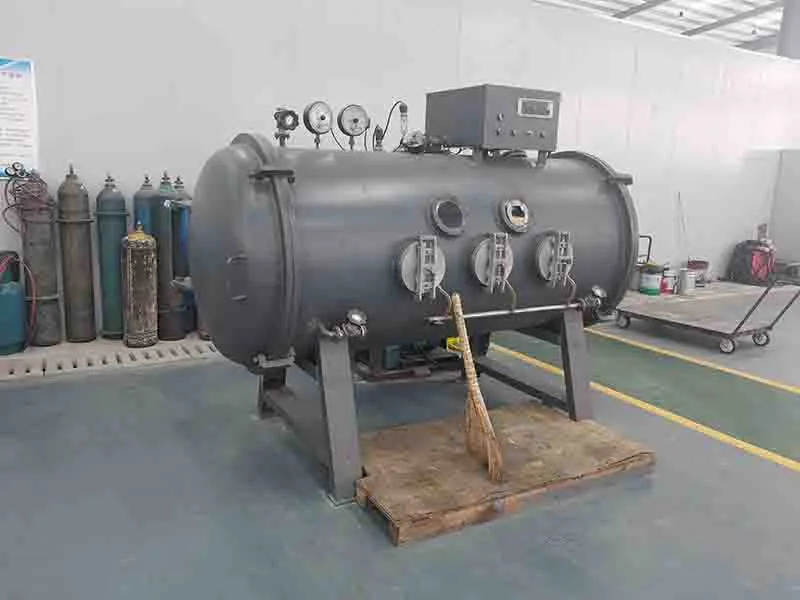 |
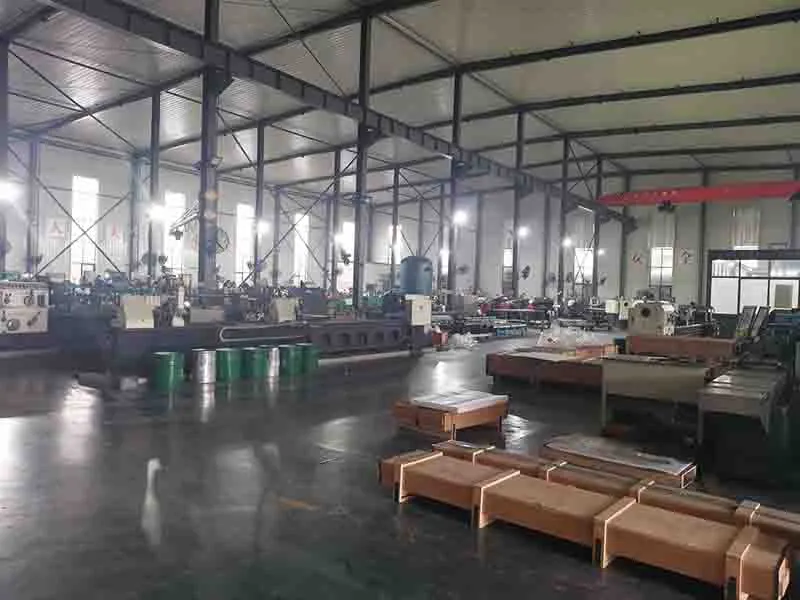 |
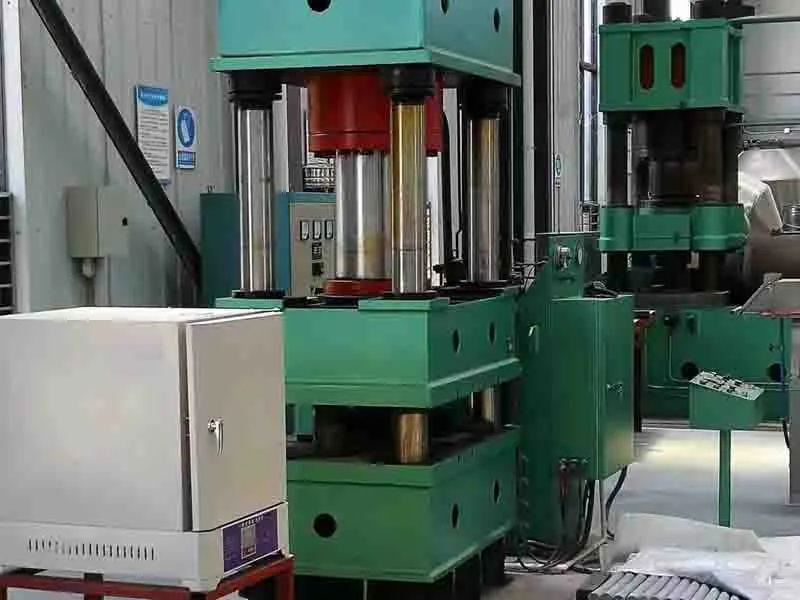 |
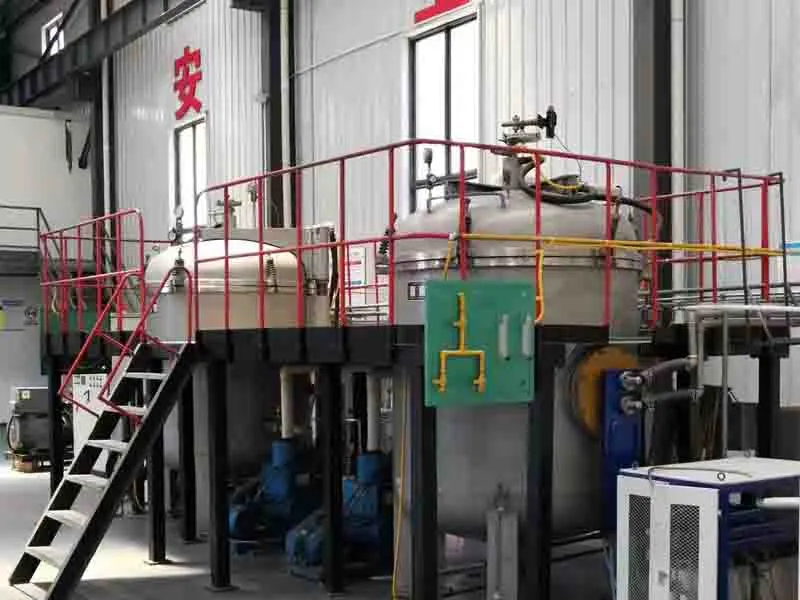 |
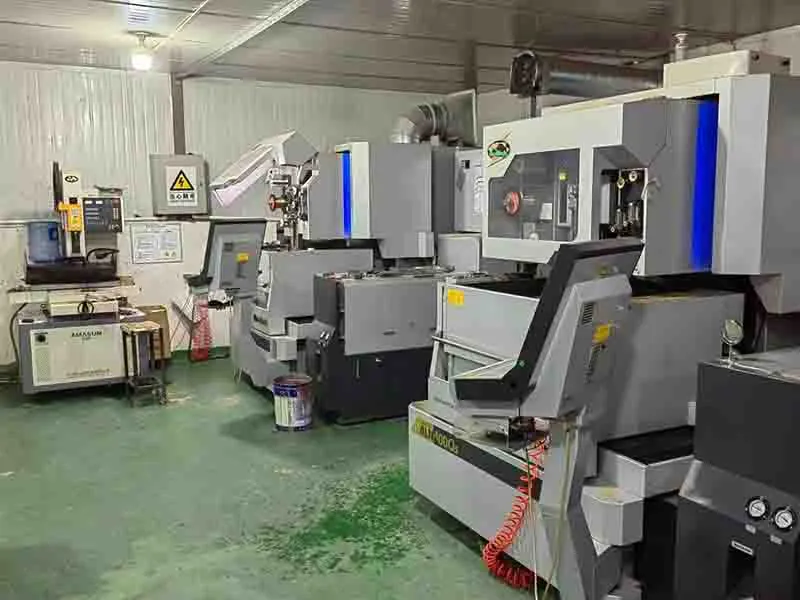 |
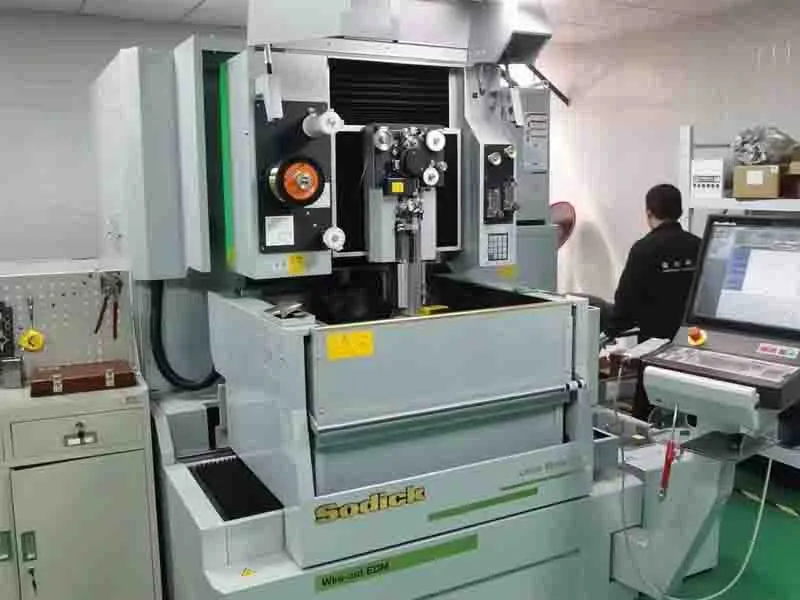 |
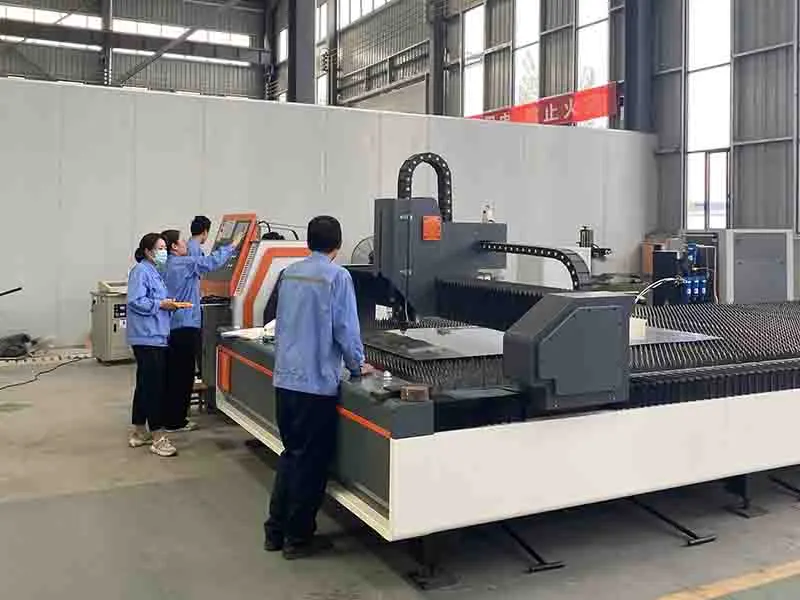 |
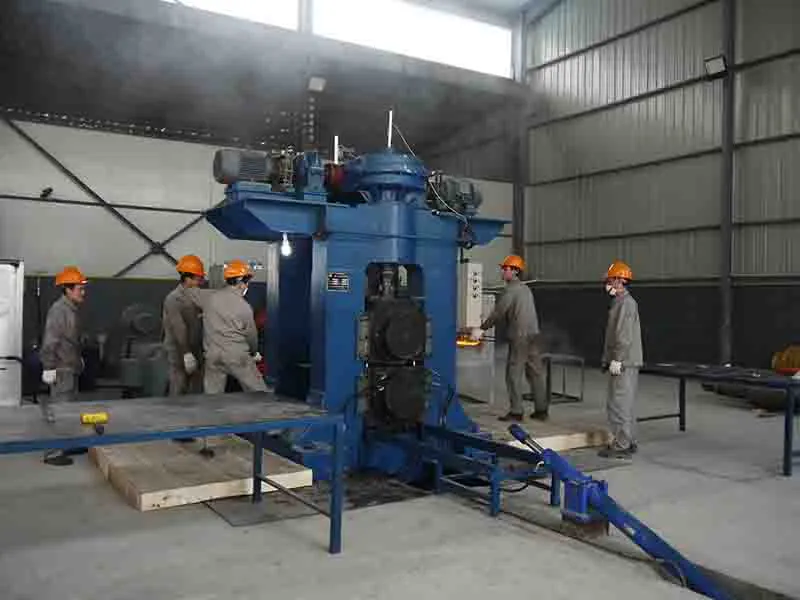 |
Applications and Industry-Specific Uses
Welding and Metallurgy
Tungsten rods play a crucial role in the welding industry, particularly in Tungsten Inert Gas (TIG) welding. High-purity tungsten TIG rods are prized for their ability to maintain a stable arc and resist electrode erosion during welding processes. These rods are available in various compositions, including pure tungsten and alloys containing small amounts of elements like thorium, lanthanum, or cerium. Each composition offers specific advantages in terms of arc stability, electrode life, and weld quality. Beyond TIG welding, tungsten rods are used in plasma cutting torches and as electrodes in resistance welding applications. In metallurgy, tungsten rods serve as heating elements in high-temperature furnaces used for metal processing and heat treatment.
Aerospace and Defense
The aerospace and defense sectors leverage the unique properties of tungsten rods in numerous applications. In aircraft and spacecraft, tungsten alloy rods are used as counterweights and ballast due to their high density. The high melting point and strength of tungsten make it ideal for components in rocket nozzles and re-entry vehicle heat shields. In defense applications, tungsten rods find use in kinetic energy penetrators and armor-piercing rounds, taking advantage of the metal's density and strength. Additionally, tungsten's radiation-shielding properties make it valuable in the construction of containers for radioactive materials in both aerospace and defense contexts.
Electronics and Lighting
The electronics industry depends on tungsten rods for different applications, especially in high-power and high-frequency devices. Tungsten's great electrical conductivity and heat resistance make it reasonable for utilize in vacuum tube filaments, cathode-ray tubes, and X-ray targets. In lighting, tungsten filaments stay the standard for glowing and halogen lights, in spite of the developing popularity of Driven innovation. The capacity of tungsten to withstand high temperatures without melting or misshaping significantly contributes to the life span of these lighting solutions. In addition, tungsten rods are utilized in the generation of field emission tips for electron microscopes and other high-precision electronic instruments, where their toughness and electrical properties are vital.
Conclusion
Tungsten rods, with their exceptional physical and chemical properties, continue to be indispensable in numerous industrial applications. From high-purity tungsten TIG rods in welding to specialized components in aerospace and electronics, these versatile metal pieces demonstrate unparalleled performance in extreme conditions. As technology advances, the demand for tungsten rods is likely to grow, driven by their unique combination of high melting point, strength, and conductivity. The ongoing research into tungsten alloys and processing techniques promises to further expand the capabilities and applications of this remarkable metal, ensuring its continued relevance in cutting-edge industries.
Contact Us
For more information about our high-quality tungsten rods and other non-ferrous metal products, please contact Shaanxi Peakrise Metal Co., Ltd. at info@peakrisemetal.com. Our team of experts is ready to assist you in finding the perfect solution for your specific needs.
References
Smith, J.A. (2022). Advanced Welding Technologies: The Role of Tungsten Electrodes. Journal of Materials Engineering, 45(3), 278-295.
Chen, L., et al. (2021). High-Temperature Properties of Refractory Metals: A Comprehensive Review. Materials Science and Engineering: R: Reports, 146, 100642.
Johnson, R.B. (2023). Tungsten in Aerospace Applications: Current Trends and Future Prospects. Aerospace Materials and Technology, 18(2), 112-129.
Williams, E.M., & Thompson, K.L. (2022). Powder Metallurgy Techniques for High-Purity Tungsten Rod Production. International Journal of Refractory Metals and Hard Materials, 102, 105688.
Park, S.H., et al. (2023). Electrical and Thermal Properties of Tungsten-Based Alloys for Electronic Applications. Journal of Electronic Materials, 52(4), 2187-2201.
Brown, A.C. (2021). Quality Control Methods in Tungsten Rod Manufacturing: A State-of-the-Art Review. Materials Testing, 63(5), 456-470.
